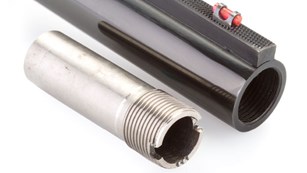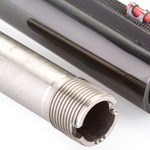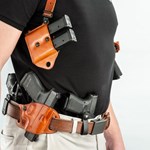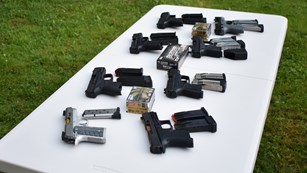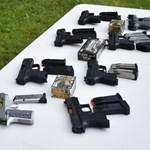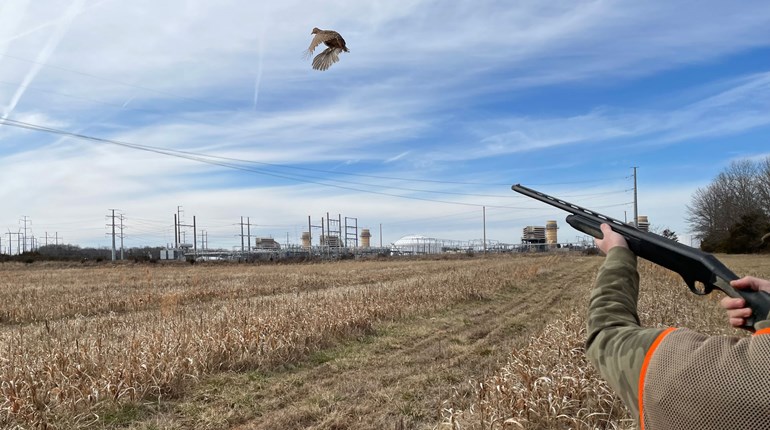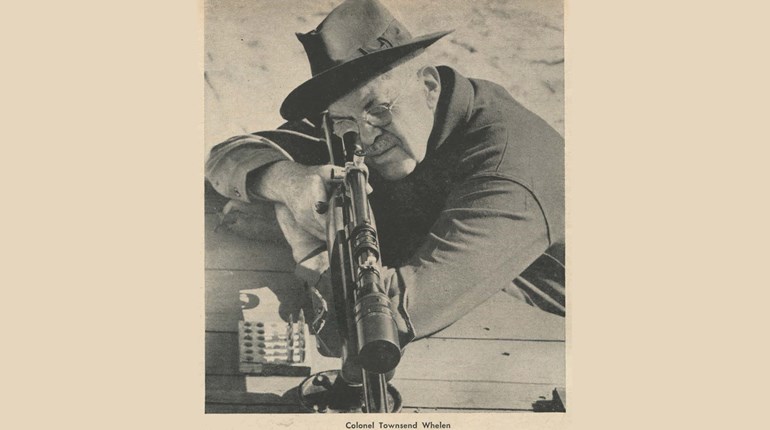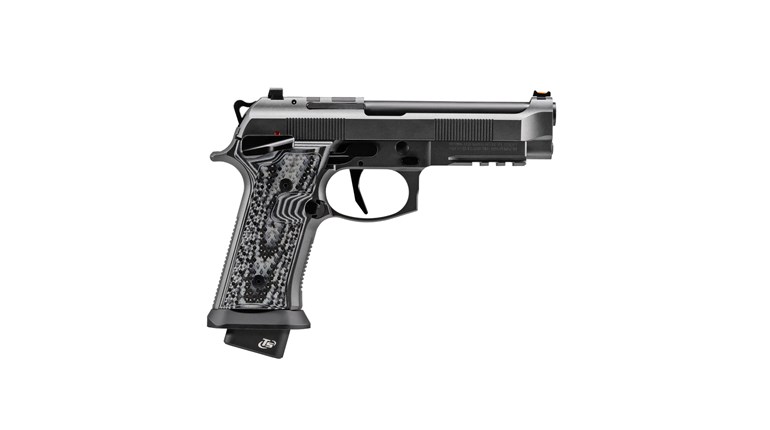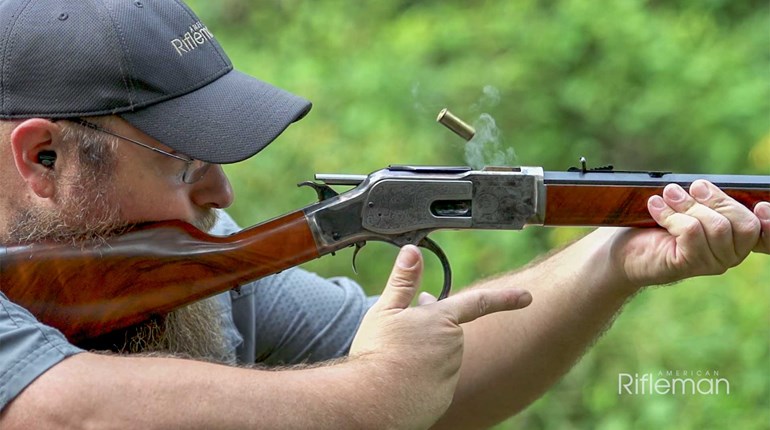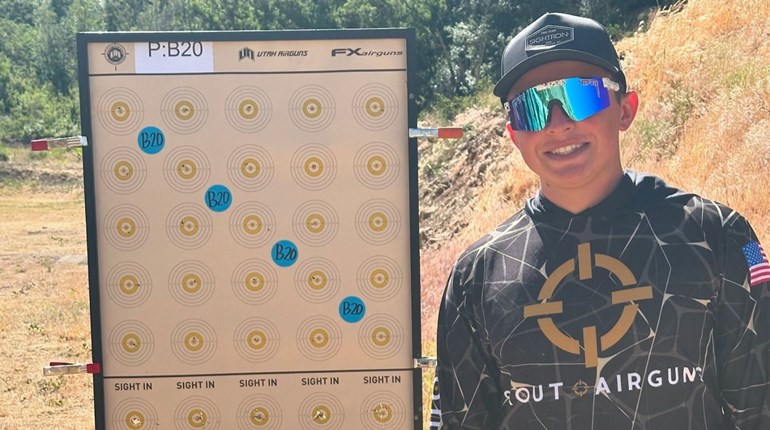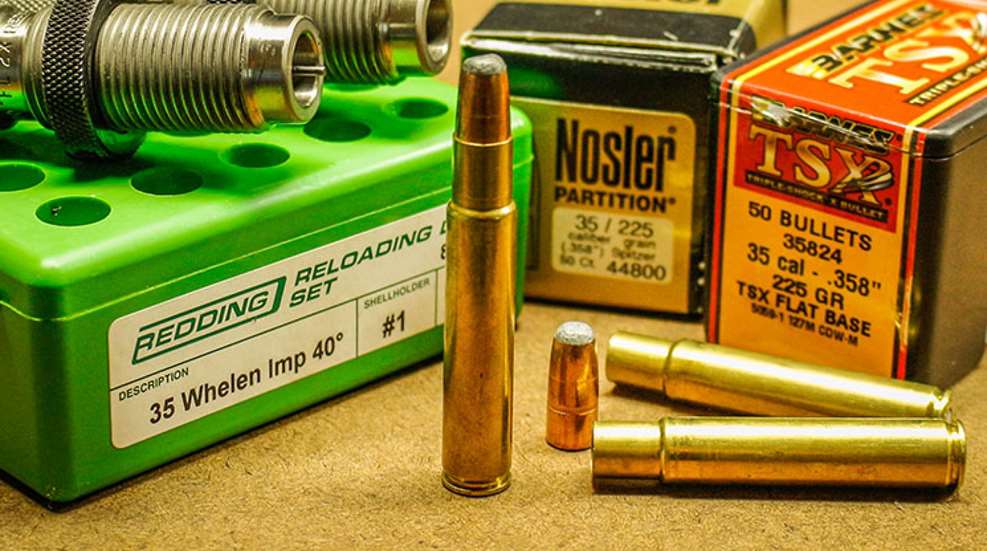
In addition to factory-produced cartridges for which the Sporting Arms and Ammunition Manufacturers' Institute (SAAMI) has developed dimensional and pressure standards, there are also non-standard "wildcat" cartridges developed by ballistic experimenters. Often a wildcat round is produced simply by necking up or necking down the cartridge case of a factory standard cartridge; sometimes other case modifications, such as reducing case body taper or sharpening the shoulder angle, are also performed. By definition, wildcat ammunition must be produced by reloading.
In terms of safety, wildcat ammunition raises two issues. First, firearm chambers for wildcat cartridges may sometimes loosely accept other standard cartridges as well, creating a situation in which there is excessive headspace or case body clearance. If the standard cartridge is fixed in a wildcat chamber, potentially dangerous case head separations or case body splits could result. (The exception to this is the "Improved" wildcat chamber, which is designed to allow the safe firing of factory ammunition.)
The second safety issue relating to wildcat cartridges relates to standardization. SAAMI publishes recommended cartridge and chamber dimensions, as well as maximum pressures, for factory ammunition produced in the United States; the Commission Internationale Permanente des Armes a Feu Portative (CIP) does the same for European-made ammunition. These standards provide a benchmark for ammunition manufacturers, gun makers, gunsmiths and others in the firearm industry, and ensure that all ammunition of a given caliber is safe to fire in virtually any firearm chambered for it.
No such standards exist for wildcat cartridges. Minute differences in the shoulder angle, neck length and body taper of a case, or the neck diameter or throat length of the chamber, as well as the lack of pressure standards and pressure-tested load data, all make the assembly of wildcat loads challenging, even for highly experienced reloaders.
Compounding the problem is the fact that many wildcat rounds were created for target competition, and were thus designed to be used in guns with competition-type chambers having tight necks, custom throats and/or minimum SAAMI dimensions.
Any shooter who has acquired a gun (particularly a rifle) chambered in a wildcat caliber should first have a competent gunsmith make a cast of the chamber and throat. From this, proper cartridge dimensions can be obtained.
Note that NRA recommends reloading only using pressure-tested loading data published by reputable sources, such as the manufacturers of powder, bullets and other cartridge components.





